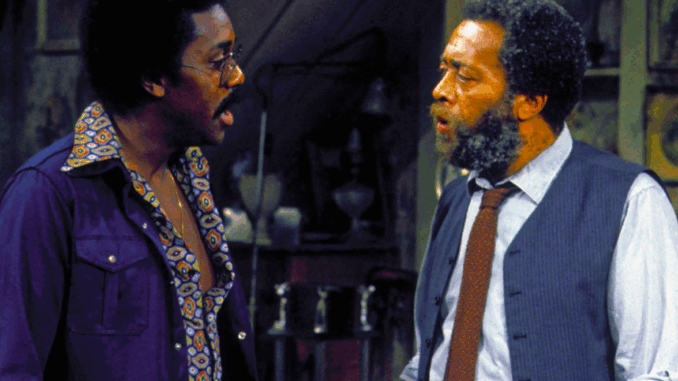
Junkyard as Metaphor
Sanford and Son was billed as a sitcom, but beneath the laughs, it was steeped in the realities of working-class Black life in 1970s Los Angeles. The Sanford junkyard wasn’t just a setting—it was a metaphor for survival, hustle, and dignity amid decline.
Each episode was built on humor, but many dealt—subtly—with themes of racism, poverty, aging, and gentrification.
Laughing Through the Struggle

Fred Sanford’s humor was sharp because it had to be. His insults, schemes, and stubbornness were forms of resistance. He didn’t have wealth, but he had wit—and that was power.
By creating a space where Black characters could be flawed, layered, and loud, Sanford and Son pushed back against the overly sanitized portrayals of Black life that dominated television at the time.
Lasting Cultural Impact
The show walked a fine line: it made audiences laugh without ignoring uncomfortable truths. It opened the door for shows like Good Times, The Jeffersons, and The Bernie Mac Show—series that combined comedy with realism.
Even 50 years later, Sanford and Son reminds us that humor isn’t the opposite of pain. It’s often how we survive it.
